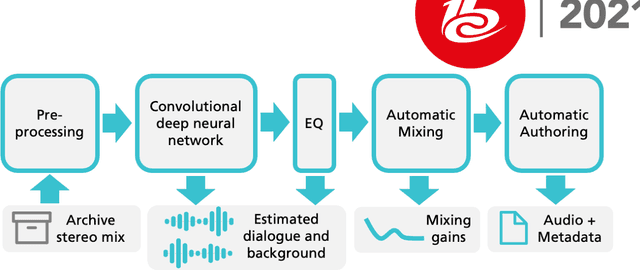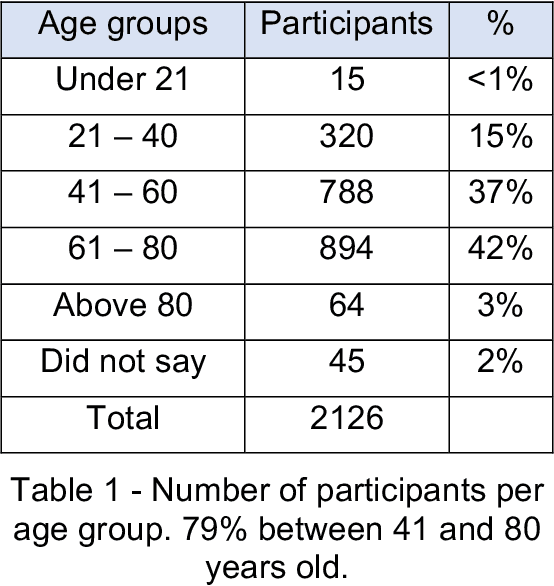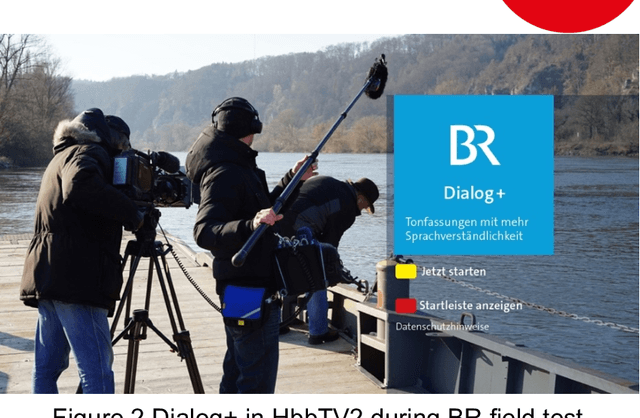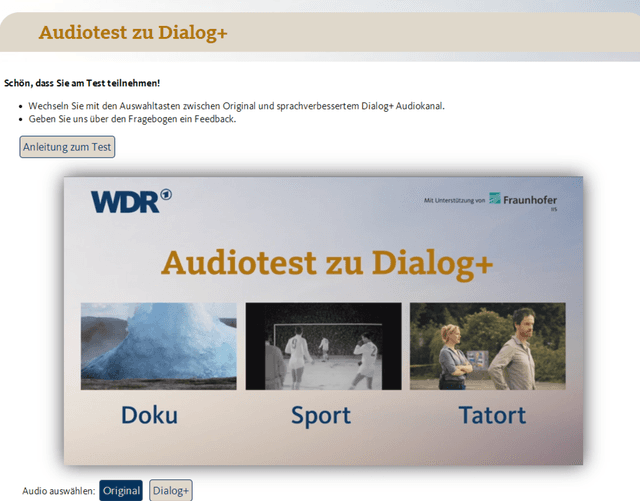Adrian Murtaza
Speech Loudness in Broadcasting and Streaming
May 27, 2024



Abstract:The introduction and regulation of loudness in broadcasting and streaming brought clear benefits to the audience, e.g., a level of uniformity across programs and channels. Yet, speech loudness is frequently reported as being too low in certain passages, which can hinder the full understanding and enjoyment of movies and TV programs. This paper proposes expanding the set of loudness-based measures typically used in the industry. We focus on speech loudness, and we show that, when clean speech is not available, Deep Neural Networks (DNNs) can be used to isolate the speech signal and so to accurately estimate speech loudness, providing a more precise estimate compared to speech-gated loudness. Moreover, we define critical passages, i.e., passages in which speech is likely to be hard to understand. Critical passages are defined based on the local Speech Loudness Deviation (SLD) and the local Speech-to-Background Loudness Difference (SBLD), as SLD and SBLD significantly contribute to intelligibility and listening effort. In contrast to other more comprehensive measures of intelligibility and listening effort, SLD and SBLD can be straightforwardly measured, are intuitive, and, most importantly, can be easily controlled by adjusting the speech level in the mix or by enabling personalization at the user's end. Finally, examples are provided that show how the detection of critical passages can support the evaluation and control of the speech signal during and after content production.
Dialog+ in Broadcasting: First Field Tests Using Deep-Learning-Based Dialogue Enhancement
Dec 17, 2021



Abstract:Difficulties in following speech due to loud background sounds are common in broadcasting. Object-based audio, e.g., MPEG-H Audio solves this problem by providing a user-adjustable speech level. While object-based audio is gaining momentum, transitioning to it requires time and effort. Also, lots of content exists, produced and archived outside the object-based workflows. To address this, Fraunhofer IIS has developed a deep-learning solution called Dialog+, capable of enabling speech level personalization also for content with only the final audio tracks available. This paper reports on public field tests evaluating Dialog+, conducted together with Westdeutscher Rundfunk (WDR) and Bayerischer Rundfunk (BR), starting from September 2020. To our knowledge, these are the first large-scale tests of this kind. As part of one of these, a survey with more than 2,000 participants showed that 90% of the people above 60 years old have problems in understanding speech in TV "often" or "very often". Overall, 83% of the participants liked the possibility to switch to Dialog+, including those who do not normally struggle with speech intelligibility. Dialog+ introduces a clear benefit for the audience, filling the gap between object-based broadcasting and traditionally produced material.
 Add to Chrome
Add to Chrome Add to Firefox
Add to Firefox Add to Edge
Add to Edge